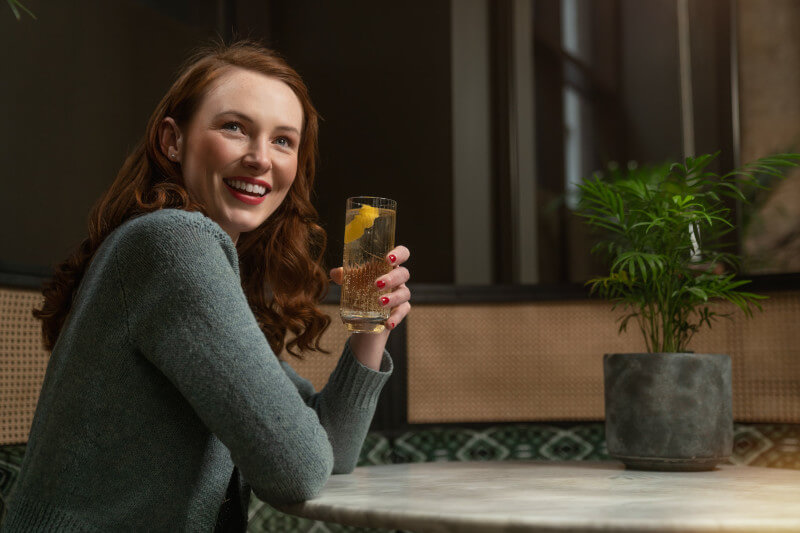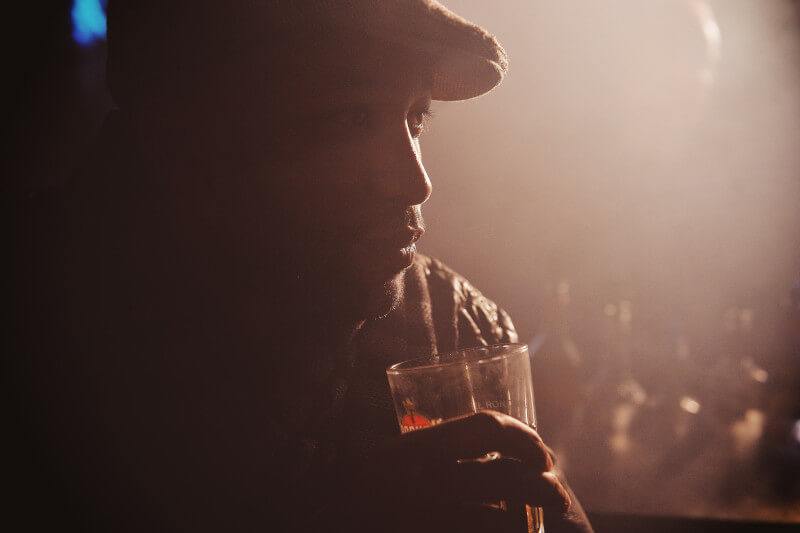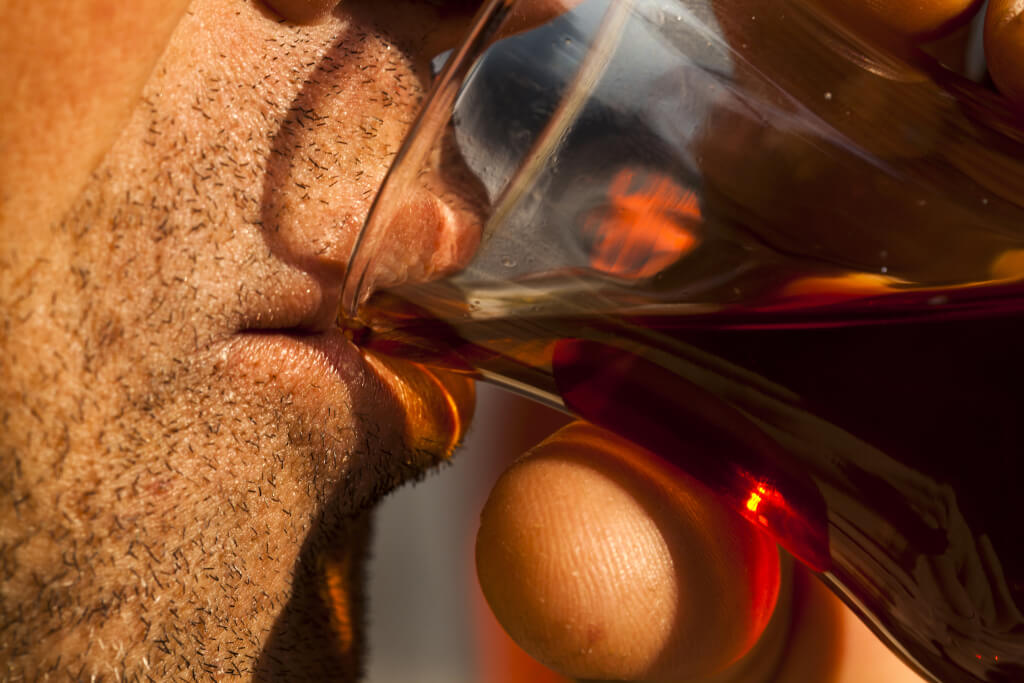If you pause for a moment and think about whiskey’s image, you might ask, why is it still, in many minds, associated primarily with men?
The Case of Jane Walker
In the recent surge to accept gender inclusivity, several brands have attempted to rebrand or launch new products aimed at bridging gender gaps. One such initiative was by Johnnie Walker with its ‘Jane Walker’ edition. However, the campaign’s execution inadvertently led to intensified stereotypes and raised eyebrows across the whisky community.
While it intended to champion gender equality, it, unfortunately, stumbled right into the thick of stereotypes, eliciting reactions like, “Whisky is whisky,” and “…we don’t need girlie names or labels.” If anything, it only highlighted the perception that whisky is largely a “man’s drink.”
Johnnie Walker, a globally recognized brand, launched the Jane Walker edition as a female counterpart to its iconic striding man logo. The brand intended to celebrate women’s achievements and resonate with a wider audience. With every bottle sold, a portion of the proceeds went towards supporting women’s rights causes. On paper, it looked like a promising initiative.
But, the packaging and branding, featuring a feminized version of their iconic logo, led to criticism. Many saw it as a superficial attempt at gender equality. The underlying implication was that women needed a ‘female’ version of the whisky, reinforcing the notion that the ‘original’ was meant for men.
Social media was abuzz with criticisms, not just from whisky enthusiasts, but from women across the board. Many felt that instead of celebrating women, the Jane Walker edition leaned into old, reductive stereotypes. The sentiment was that whisky doesn’t need to be gendered.
Interestingly, the launch highlighted an unexpected outcome. Women, who might not have openly expressed their opinions on whisky before, came forward, actively voicing their stand against such tokenistic gestures. Comments ranged from pointing out how women have been enjoying whisky without the need for gender-specific labels to criticisms on how this move was nothing but a marketing gimmick. An intriguing poll revealed that a whopping 64% of female participants felt undaunted by Scotch. Only 25% expressed intimidation.
Where Intimidation Lies
Diving deeper, you’d find that intimidation isn’t exclusive to women or even whisky. Kelly Carpenter, a notable figure in the whisky industry, points out that unfamiliarity is the real crux. Whether you’re a man or woman, if you’ve never held a whisky glass, the vast selection can seem overwhelming. Likewise, Nicola Riske, representing the Macallan brand, emphasizes that both genders may feel overwhelmed when they first encounter whisky.
An Equal Opportunity Bamboozler
Cara Laing from Douglas Laing & Co. sheds light on the intricate world of whisky. With its various regions, styles, finishes, and terminologies, even industry insiders occasionally get caught in the whirlwind. Think of your first time trying to pick a bottle of wine or craft beer – the choices, regions, and jargon can be staggering.
Women in Whisky

It’s worth noting that the whisky industry isn’t male-dominated, especially behind closed distillery doors. Women play significant roles – from blending to marketing. Companies like Diageo have more than half of their blending roles occupied by women. The Scotch Whisky Association, a significant figure in the industry, is led by a woman. Yet, societal perceptions lag.
Perceptions in Play
Even those deeply entrenched in whisky-making, like Laing, face outdated perceptions. She often encounters quips like, “You’re a girl. What do you know about whisky?” However, these are opportunities for enlightenment. With a calm demeanor, they provide insight, often leaving the skeptics pleasantly surprised.
Decades of Deep-rooted Advertising
Delving into history, the marketing of whisky was predominantly male-centric. The mid-1900s tried to include women, but mainly as gift-givers, cementing the stereotype further. As Alwynne Gwilt from William Grant & Sons puts it, “Over 40 years marketing was based heavily around men drinking whisky…” Changing such deep-rooted perceptions is indeed a mammoth task. This narrative choice has had long-standing repercussions on how whisky is perceived and consumed today.
The Manly Appeal

Traditionally, advertisements painted whisky as a drink for the rugged, sophisticated man. Men were shown enjoying whisky in exclusive clubs, after sealing business deals, or during moments of relaxation. This propagated the idea that whisky was more than just a drink; it was an emblem of male success and stature.
The Passive Female Role
When women did appear in whisky advertisements, they were relegated to passive roles. Women were often portrayed as:
- As admiring spectators, gazing at men drinking whisky
- As recipients of whisky gifts from male counterparts
- As decorative elements, accentuating the man’s choice of drink
Such portrayals restricted women’s relationship with whisky to that of mere observers or beneficiaries, but never as connoisseurs or enthusiasts.
Modern Repercussions
You might ask, how does this history affect the current whisky industry? Well:
- Perception of Authenticity: Even today, when a woman orders a whisky at a bar or discusses its finer nuances, she’s often met with surprise. The old narrative inadvertently suggests that a woman’s appreciation of whisky isn’t genuine.
- Employment and Recognition: Despite women playing pivotal roles in today’s whisky production and marketing, gender bias persists. Women often have to work harder to prove their expertise and break free from the shadows of deep-rooted stereotypes.
- Marketing Challenges: Brands attempting to correct this gender imbalance in their campaigns tread a fine line. As seen with the Jane Walker controversy, there’s a risk of alienating or patronizing female consumers if the approach isn’t thoughtful.
Steps Toward Change:
Brands are realizing the importance of a more inclusive approach:
- Diverse Representation: Advertisements now often show both genders enjoying whisky, reflecting a more modern and realistic consumer base.
- Education and Engagement: Whisky tasting sessions, workshops, and forums are being organized, targeting a wider audience. By demystifying the complexities of whisky, brands are making the drink more approachable for everyone, irrespective of gender.
The Modern Whisky Drinker
Brands are starting to recognize the need for a genuine reflection of their diverse consumer base. Advertisements, like those from Haig Club, display an equal mix of men and women. Johnnie Walker’s VP, Stephanie Jacoby, emphasizes that advertisers have the power to normalize gender equality in portrayals.
Though the whisky world has seen years of male-focused marketing, there’s a perceptible shift. More than ever before, the industry acknowledges the importance of gender parity. After all, the flavor, aroma, and experience of whisky know no gender.

